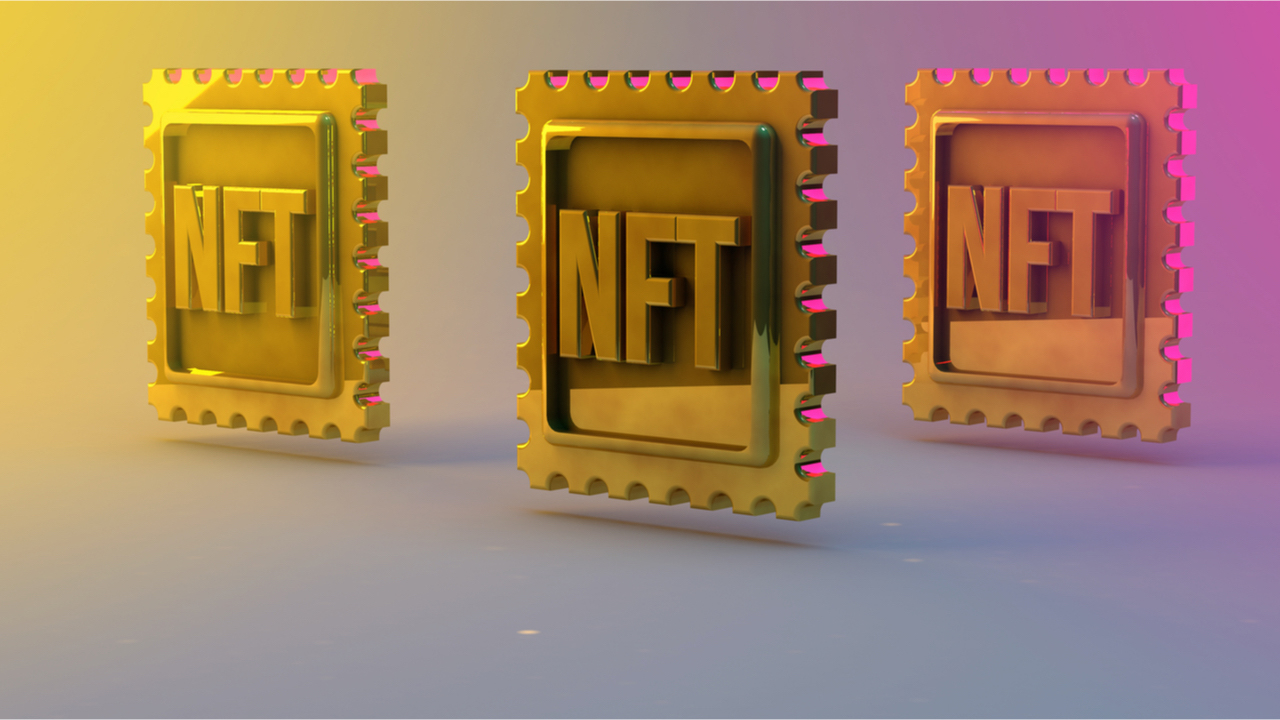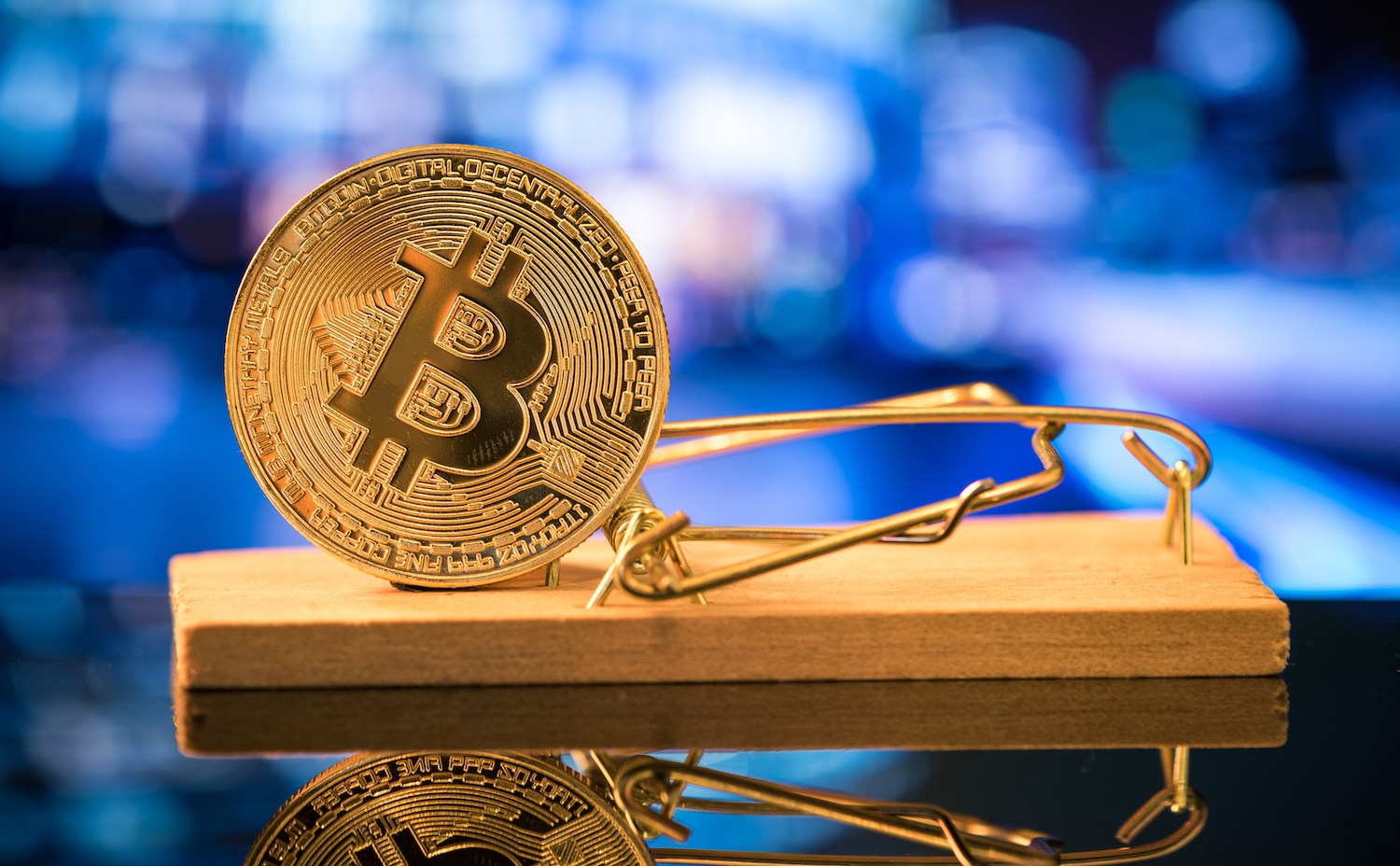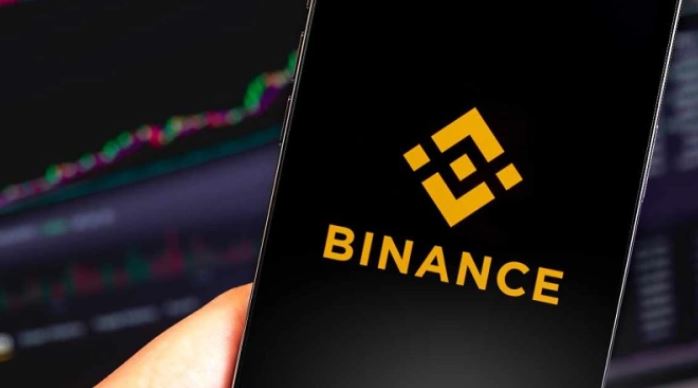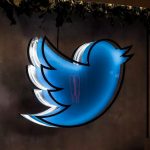Also in this new report about what are NFTs, you will read about the following:
What are NFTs used for?
How are NFTs created?
Where are NFTs stored?
Examples of NFTs
How Do NFTs work?
Can I create my own NFT?
How to buy NFTs
Why are people buying NFTs?
How to sell NFTs
NFT markets
How much do NFTs sell for?
Why are NFTs Valuable? What can you do with them?
How can creative or anybody be a part of it?
You must have been hearing about NFTs for quite a long time now.
You also may have seen people buying NFTs yet, you can’t seem to understand it.
As you are still trying to understand what it is, you hear that the founder of Twitter has put an autographed tweet up for sale as an NFT!
What has even made it outrageous is that bidding for the tweet went up $2.5 million in just couple days.
Also, in March 2021, digital artist Beeple sold a group of his NFTs for over $69 million.
It was a group of artwork about Beeple’s first 5,000 days of work.
That still stands as the most expensive pieces of digital artwork in the world.
And there are many artworks that have been sold for even similar outrageous amounts.
So you continue to wonder why people are even so interested in NFTs.
Also, you ask what NFTs are used for and how to invest or make money from them.
So, all these are happening about NFTs and you are not yet part of it.
Well, all these are what this article will tell you about.
This news report will uncode the mystery behind this trend that is taking the world by the jugular.
Therefore, sit tight and enjoy the read.
What are NFTs?
Investopedia explains NFTs as follows:
Non-fungible tokens or NFTs are cryptographic assets on blockchain with unique identification codes and metadata that distinguish them from each other.
NFTs are unique cryptographic tokens that exist on a blockchain and cannot be replicated.
They are digital representations of assets and have been likened to digital passports because each token contains a unique, non-transferable identity to distinguish it from other tokens.
They are also extensible, meaning you can combine one NFT with another to “breed” a third, unique NFT.”
Simply put, NFTs simply mean Non-Fungible Tokens.
They are assets that exist in the digital world with no physical version.
This means, they can contain anything from drawings, animated GIFs, songs, autographs, estate, lands, any asset, copyrights, just anything and digitally.
NFTs can contain video games too.

NFTs
They are pieces of digital artworks, contents or things and run on Blockchain, the same technology powering cryptocurrencies.
NFT is a way to represent ownership of unique items.
Digital tokens serve as the certificate of ownership for these assets.
Whatever thing NFTs represent can only have one official owner at a time.
They transform digital works of art and other collectibles into unique verifiable assets.
You can then buy or sell these unique assets on the blockchain.
Why are NFTs called non-fungible?
Take it this way.
The field Economics explains that a fungible asset is something with units that can be readily interchanged – like money.
For instance, you can interchange a $100 dollar note with two $50 dollar notes and get the same value.
You can exchange N1000 naira note with two N500 Naira notes and get same value.
Take another example:
For a particular song, a copy of a file, like an .mp3 or .jpg, is the same as the original.
Cryptocurrencies like Bitcoin, Etherieum, Lietcoin, etc also run on the blockchain technology.
But Cryptocurrencies are fungible, meaning they are identical.
You can exchange one crypto with another and get same value.
For instance, you can trade one Bitcoin for another bitcoin, and you’ll have exactly the same thing.
However, NFTs are non-fungile because they are unique and not identical.
You can only see one particular NFT in the whole wide world.
An NFT is unique and can’t be interchanged with something else.
They are not mutually interchangeable, which means no two NFTs are the same.
To make this even more unique, NFTs have unique certificates of authenticity to prove each one.
For instance, you can only get one Red Sea in the world.
You can also find or get only one authentic Mona Lisa painting in the world.
Although you can take a photo of the painting or buy a print of it, but there will only ever be one original painting.
Same as Countries. You can only have one Florida, one Germany, One Nigeria or one particular planet, like the sun.
You can have just one individual in the world, like one Donald Trump in existence, one Buhari, one Cardi B, One Wizkid, One Davido, etc.
So, you can use them to represent peoples’ identities, property rights, and many more.
Is it getting clearer to you now? I believe so too.
So, NFTs are “one-of-a-kind” assets in the digital world.
You can sell or buy them like any other piece of property.
It just that they don’t have any tangible forms of their own.
Examples of NFTs:
An NFT can be a real-life painting.
It can also be a trading card.
Other examples of NFTs include: birth certificates; health data; land records; pieces of art or paintings.
A ticket that gives you access to an event or a coupon.
Also, a domain name can be an NFT.
An essay can also be an NFT.
Others are collectibles and even real estate.
Likewise, unique sneaker in a limited-run fashion line.
Deeds or someone’s will before death.
Your drawings, music, your brain downloaded and turned into an AI can be NFTs.
Also, song files, furniture or your computer.
ALSO READ: What Is Metaverse? Here Is Everything About It
These things are not interchangeable for other items because they have unique properties.
What are NFTs used for?
Meanwhile, the most famous use case for NFTs is that of cryptokitties which launched in 2017.
Cryptokitties are digital representations of cats with unique identifications and price on Ethereum’s blockchain.
Meanwhile, NFTs are typically used to buy and sell digital artwork.
People use NFTs to represent form of GIFs, tweets, virtual trading cards, images of physical objects, places or beings.
Then, they sell or buy these representations.
They can also represent video game skins, virtual real estate and more.
Also, people use them as collaterals.
You can use a particular NFT to place as collateral for loans at the bank, etc.
You can equally use NFTs as investments. So, you can invest in NFTs and make profits.
People use NFTs to represent digital or non-digital assets like music, deeds to a car, tickets to a live concert, digital arts like GIFs, Collectibles, music, and videos.
Also, they can represent legal documents like will, agreements or signatures.
How are NFTs created, stored and how do they work:
Each NFT is completely unique and is not divisible.
NFTs are stored the blockchain and supported and kept safe by the ledger.
Every NFT must have an owner and this is of public record and easy for anyone to verify.
People tokenise artworks or digital assets to create a digital certificate of ownership.
Then, they sell this ownership to a buyer who then becomes the owner.
When a person buys or creates an NFT, a record of the new owner is created on a ledger called block chain.
It is the same technology that powers cryptocurrencies.
Meanwhile, ownership records on the blockchain ledger cannot be forged or altered by anyone.
This is because, the ledger is maintained by thousands of computers around the world.
Also, they work in such a way that artistes who create NFTs can still get royalties from the resale of their NFTs.
What this means is that the artist can retain the copyright ownership of their work so that they can continue to produce and sell copies or get cuts from their resale.
How NFTs started:
Created in October 2017, CryptoKitties is a virtual game that allows players to adopt, raise and trade virtual cats.
However, on Feb. 15, 2021, the venerable Christies, founded in 1766, became the first major auction house to announce plans to sell a purely digital piece of art—an NFT created by digital artist Mike Winkelmann, aka Beeple.
Called Everydays-The First 5000, it comprises, as the name suggests, 5,000 individual images created every day from 2007 to 2021 and posted on Beeple’s Instagram.
An hour after the auction began on Thursday, the price jumped from $100 to $1 million.
Subsequently, NFTs emerged into what it is today.
How to make an NFT?
CNN’s Oscar Holland and Rishi Iyengar’s explained how to create NFTs as follows:
“Anyone can create an NFT. All that’s needed is a digital wallet, a small purchase of ethereum and a connection to an NFT marketplace where you’ll be able to upload and turn the content into an NFT or crypto art. Simple, right?”
How to sell NFTs:
You can buy or sell NFTs at various NFTs marketplaces.
Each marketplace is unique and has its own processes.
However, generally, you will first upload your Digital content to a marketplace.
After uploading it, you will then follow the instructions to turn it into an NFT.
When you upload your content, you will provide descriptions and unique features of the contents.
Also, you will provide possible pricing for the content that it can sell for.
How to buy NFTs:
One fact remains and it is that you can buy or sell any digital image as an NFT.
However, there are a few things to consider when buying one, especially if you’re a newbie.
You must consider what marketplace to buy NFT from.
Also, you will have to decide what type of digital wallet is required to store it.
This is because, since NFTs are digital assets, you must have a digital wallet to store them.
Much like you store cryptocurrencies in digital wallets, so too would you store NFTs.
Also, you will then decide what kind of cryptocurrency you will need to buy or sell the NFTs.
Likewise, you will consider the fees.
Some marketplaces charge a “gas” fee.
Gas fees are charges for the energy required to complete the transaction on the blockchain.
Other fees are costs for converting dollars into ethereum and closing expenses.
Ethereum is the currency most commonly used to buy NFTs.
NFT Markets:
Meanwhile, anyone can tokenise an NFT.
However, they must have value for the person having interest in them.
For them to have value, they must be unique.
So, to sell them, you can do that at NFT markets.
There are several NFT marketplaces.
You can sell or buy NFTs at these market places.
They allow online users to buy and sell tokens.
Among them are Rarible, OpenSea, Nifty Gateway, although many more are popping up.
Others are Mintable and Rarible.
There are also specific NFT market places like NBA Top Shot for basketball video highlights.
Also, valuables for auctioning tweets such as Dorsey’s tweet sold here too.
So, if you have created your NFT, you can sell them at the market places.
HOW can creative or anyone benefit from NFT?
Well, as an artist, you can benefit from NFTs in the following ways:
First, if you have art works you want to sell, you can sell and make money.
Also, NFTs give you a way to sell work that otherwise might not be much of a market for.
Also, creatives can benefit from NFTs buy enanbling the royalty feature where they can get royalties on the resale of their NFTs.
AS an NFT buyer:
As an NFT buyer, you can gain the bragging right to an NFT.
Also, you can gain usage rights and post the images you bought online.
You can also set the NFTs you bought as your profile picture.
But why ‘waste’ millions of Dollars on digital arts just to post online?
Well, here is the catch.
Many people, including celebrities and billionaires treat NFTs like they’re the future of fine art collection.
Benefits of NFTs:
NFTs makes for market efficiency. They do this by converting physical assets into digital ones.
Also, they remove the need for agents and allow artists to connect directly with their audiences.
Another usefulness of NFTs is that they help in identity management.
This means they help in managing and recognizing assets by giving them unique identities.
Another usefulness is that NFTs is that they help in fractionalizing assets not possible to fractionalize physically.
What this means is that you can breakdown or divide one whole assets into parts for different owners.
But this is on assets that you cannot divide of fractionalize physically.
For instance, you can divide a digital portrait into parts for different owners but its real version you will not.
Another use case is that NFTs
Implications:
You can say that NFTs are digital answer to collectables.
This means, they can contain anything from drawings, animated GIFs, songs, autographs, estate and lands.
NFTs can also contain video games, any asset, copyrights, just anything and digitally.
Meanwhile, note that technically, anyone can sell an NFT.
You can make money through NFTs.
Now that you have known all these we discussed above, you are better informed to make decisions.
Would you invest in NFTs?
Don’t forget to share this content.
Also, type what you think about this news content below.



















 and then
and then